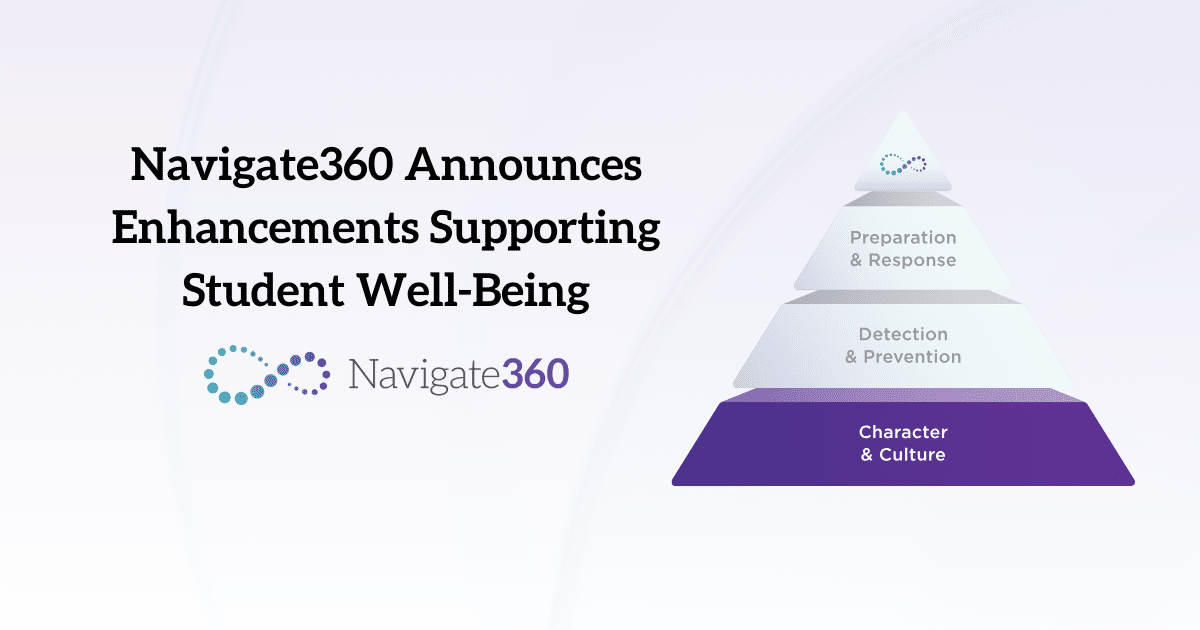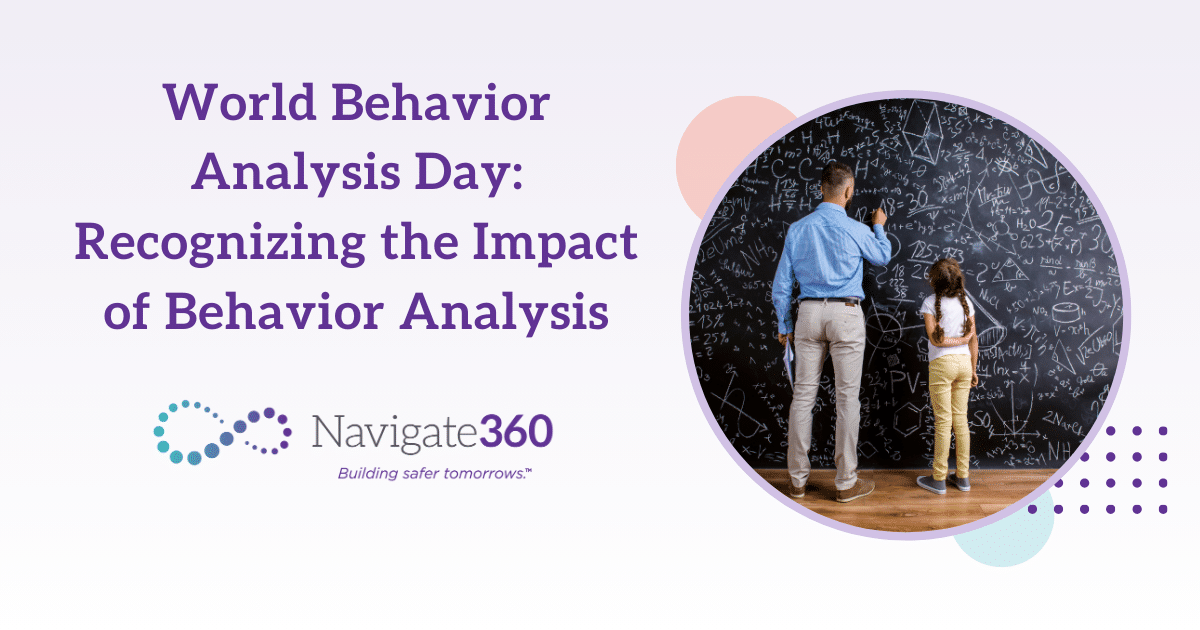Social-emotional learning (SEL) plays a huge role in human development for young people, helping them manage their emotions, show empathy to others, and maintain healthy relationships. In fact, research has shown that SEL, when properly implemented, can have dramatic positive outcomes for students, reducing problematic behaviors and improving academic performances. The efficacy of SEL in the classroom requires a well-established foundation of support, educators with developed SEL skills, and accurate data for continuous improvement.
The following social-emotional learning strategies can help superintendents plan, develop, and implement SEL curricula in public school systems and create a healthy culture of learning.
1. Build a Foundation for Success
The first step of implementing a successful social-emotional learning curriculum is to build a strong support system that not only includes staff, educators, and students, but also the students’ families and the community at large. Together, all stakeholders develop an SEL plan that addresses the needs of the school system.
Develop a Support System
Social-emotional learning is a long-term developmental strategy that will follow students throughout their education. It’s imperative, therefore, that administrators involve all members of the school community to set a clear vision of what a successful SEL plan will look like. One way to do this is to establish an SEL team within the school system that can work collaboratively to share responsibilities of implementing the curriculum. This team should reflect the community’s diverse culture in terms of gender, race, and background. With a strong internal team and open communication with families and the community, superintendents can begin planning an SEL program.
Plan a Social-Emotional Learning Curriculum
Involve all stakeholders, and review how important SEL is to a student’s education. Then discuss the current state of SEL development in the local school system, how it got there, and where it should be. Set clear goals for a program that will elevate SEL development in young people to meet the standards of the community and allow for continuous improvement.
2. Establish Adult Social-Emotional Learning Opportunities
For a social-emotional learning curriculum to be properly implemented, students will need a support structure that is also versed in SEL best practices. According to the Collaborating Districts Initiative from the Collaborative for Academic, Social, and Emotional Learning (CASEL), schools are more successful in implementing and bolstering SEL for students when educators also have finely tuned SEL skills. Superintendents should adopt district policies that provide workday time and resources for teachers to focus on their own social-emotional learning. One example can be taking a moment to reflect and connect personally during a weekly meeting. Administrators and educators who are adept at managing their emotions can help set the tone for the entire school system, encourage buy-in from all stakeholders, and create an SEL-supportive climate where students can learn valuable developmental skills that will have long-term impacts on their lives.
3. Implement SEL for Students
A student’s social-emotional learning is influenced not just by what happens in the classroom but also in their out-of-school interactions. Administrators and their SEL teams must have clear SEL strategies that affect and include the school system, the students’ families, and the larger community.
SEL Strategies for Schools
With your SEL team, establish an evidence-based program that will keep educators engaged in social-emotional learning throughout the day. Set aside time and allot resources for your staff to collaborate with each other and implement the curriculum across the school system. SEL strategies should be integrated with every class subject as well as homeroom periods and campus assemblies. School leaders set the example for fostering an SEL-healthy climate. Look for opportunities to demonstrate best practices, visit classrooms on occasion to give helpful feedback to teachers, and support your educators with ongoing professional learning.
SEL Outside of School
Keep lines of communication open with students’ families and encourage them to learn more about SEL, the impact it has on their children’s development, and how they can foster an emotionally supportive climate at home. Establish partnerships within the community to ensure both educators and students have the support they need for SEL development with access to services and learning opportunities.
4. Continuously Improve
The social-emotional learning curriculum that you and your team create for your school system should be data driven so that it can continuously be improved. Allow stakeholders access to the data to foster a collaborative effort of staying on course, adapting from mistakes, and raising the standards of successful social-emotional learning.
Learn more about implementing a social-emotional learning curriculum by reading Why Suite360’s Social-Emotional Learning Is More Important Than Ever today.




